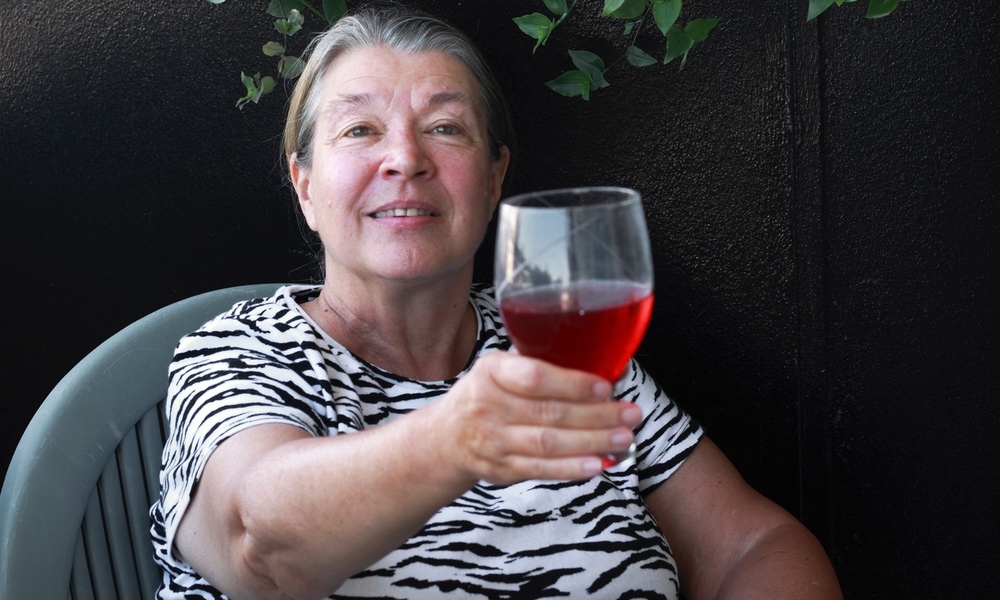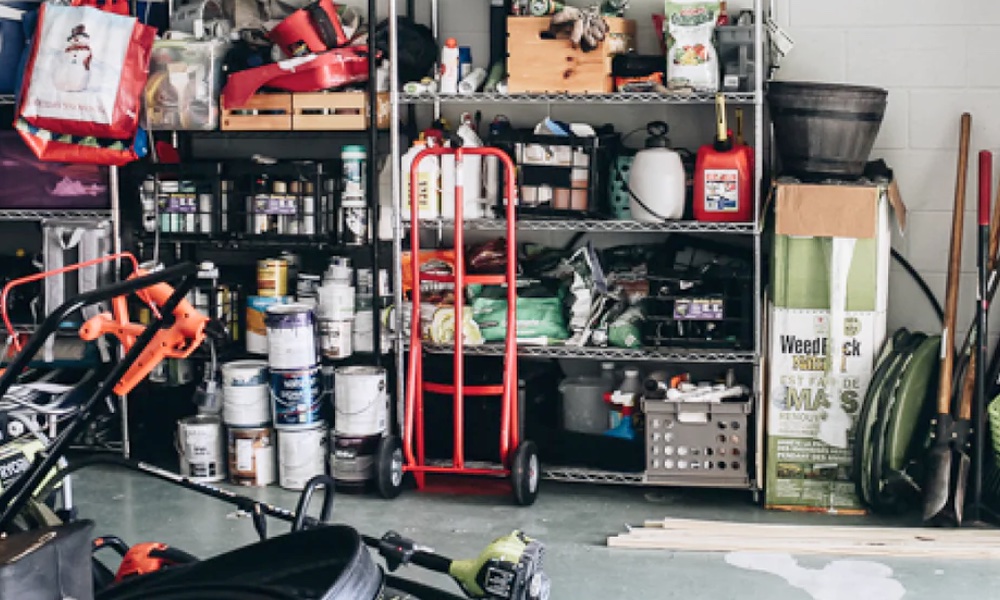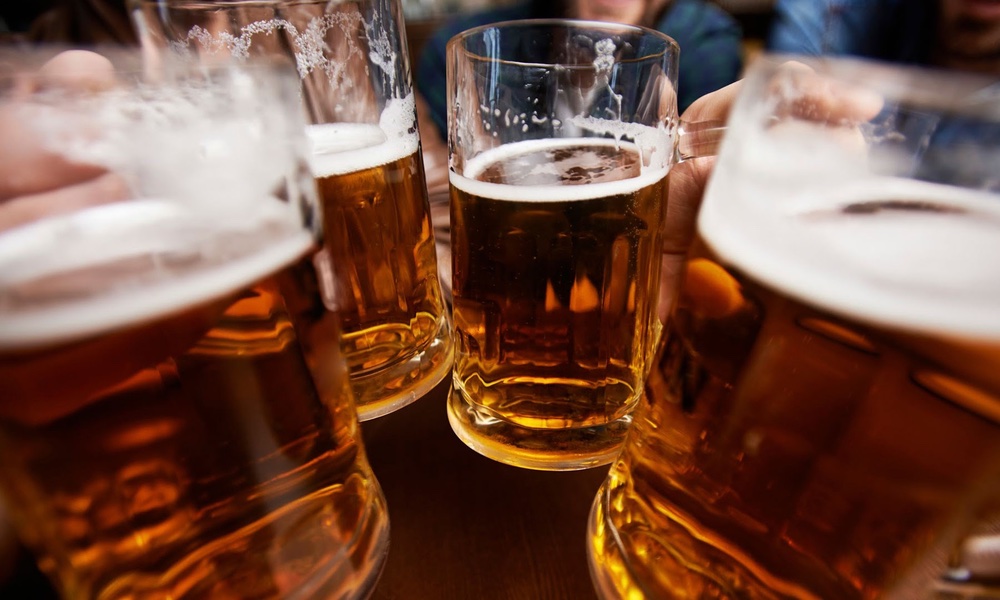In tests by a toxicologist from the University of Cincinnati Medical Center, newer water bottles marketed as "BPA-free" did not release any BPA into drinking water, just as advertised. But newly bought aluminum bottles that were lined with epoxy resin did release BPA into drinking water, some at levels higher than the plastic bottles they were supposed to replace.
There are currently no regulations that manufacturers must satisfy to claim that a product is BPA-free. So there's no assurance that any product sold as BPA-free actually is free of BPA.
In the bottles that did release BPA into the water, use of boiling water substantially increased the amount of BPA that migrated into the water, up to fourfold in some cases.
Many studies have shown that bisphenol A (BPA) can act as an endocrine disruptor and cause reproductive abnormalities. Other studies suggest possible links to cancer and heart disease. Because most tests have been conducted in mice, scientists are divided as to how great a health risk BPA poses to humans or whether it poses any risk at all. The FDA's position since January 15, 2010 is that BPA "is of some concern" for infants and children. Not surprisingly, many consumers wish to avoid BPA right now. And some manufacturers have responded by marketing water bottles said to be BPA-free.
After cleaning each bottle, the scientists stored room-temperature water in three bottles of each type for five days. In an additional set of experiments, they filled the bottles with boiling water and then let the water cool to room temperature over the next day. Hot liquids have been previously shown to take up (leach) more BPA from containers than cold liquids do.
The stainless steel bottles, as well as the copolyester lined aluminum bottles and the Tritan plastic bottles, did not release any BPA into the water. All of these bottles had been marketed as BPA-free.
The polycarbonate plastic bottles released from 0.17-0.3 nanograms of BPA into each milliliter of water. The old epoxy lined aluminum bottles released 0.14-0.59 ng BPA into each ml of water. The newer epoxy lined aluminum bottles released much more BPA, over 3 ng, into each ml of water. A nanogram is one-billionth of a gram.
In the bottles that did release BPA into the water, use of boiling water substantially increased the amount of BPA that migrated into the water, up to fourfold in some cases.
The newer plastics Tritan and Eco-Care are proprietary formulations--only the manufacturers know exactly what they are made of. So while consumers now have evidence that they truly are BPA-free, as advertised, many critics say there's no way to tell whether water bottles made of or lined with them are safer than the polycarbonate bottles they were designed to replace.
"Consumers should not think that just because a bottle isn’t polycarbonate plastic that it is safe from the dangers of BPA, but while there are no standards for claims of ‘BPA-free,’ it appears that ‘BPA-free’ labels used to market co-polyester-based water bottle alternatives actually reflect a lack of BPA contamination in liquids stored in those containers," said Scott Belcher, PhD, associate professor of pharmacology and cell biophysics and the University of Cincinnati in a university news story on the study.
"While consumers have been skeptical of manufacturers’ claims, these studies confirm that these specific products do offer a BPA-free alternative to polycarbonate or epoxy lined bottles and that companies have responded to their consumers’ desires for BPA-free products."
An article on the study was published online by Chemosphere in July and will also appear in a future issue of the journal. The University of Cincinnati press release on the study can be viewed here.




